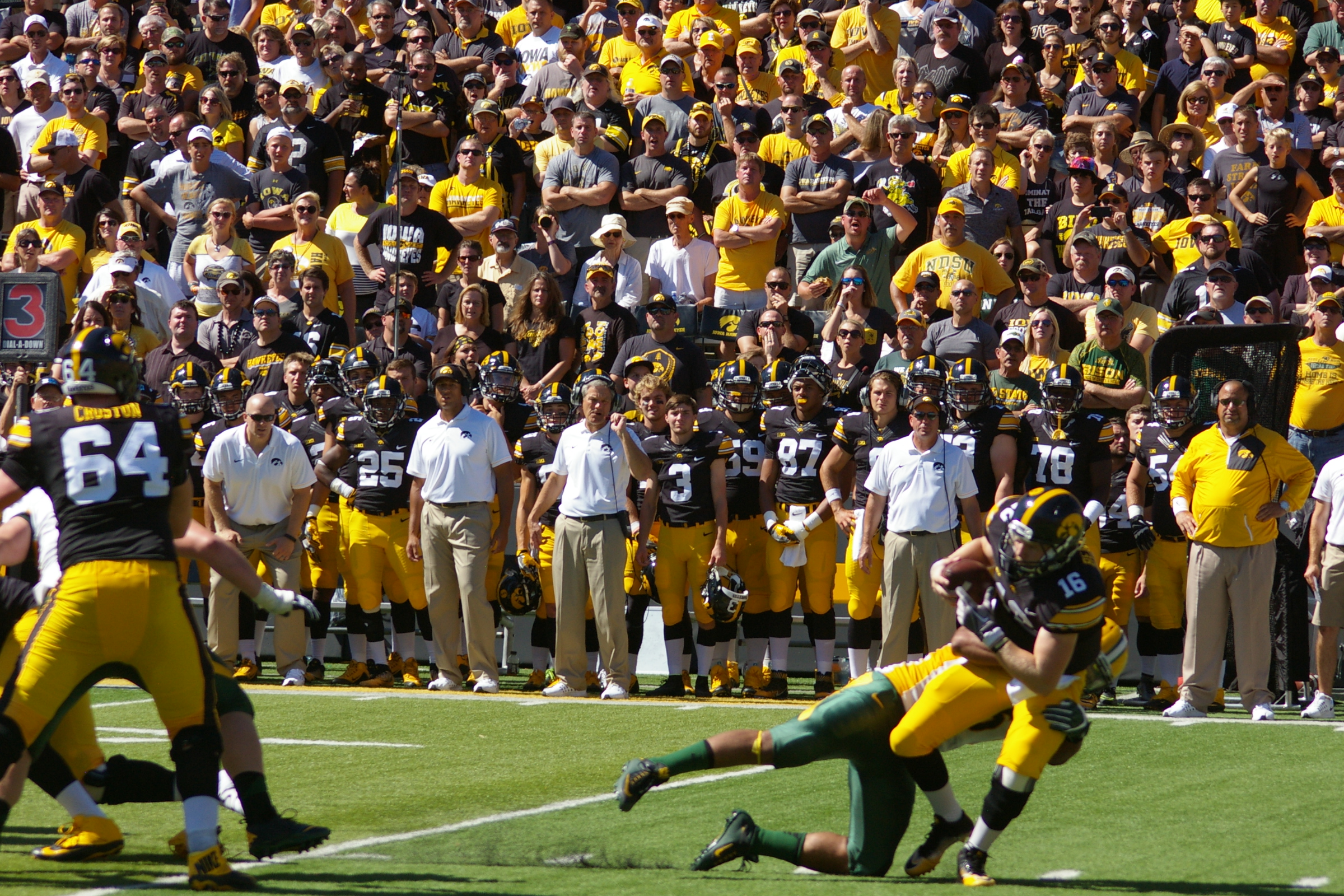

Six of the seven state schools (all except Oklahoma A&M) formed a conference that was initially known as the Big Six Conference.
MISSOURI VALLEY FOOTBALL CONFERENCE LOGO FULL
Locations of final Big Eight Conference full member institutions between 19Īt a meeting in Lincoln, Nebraska, on May 19, 1928, the conference split up.

Oklahoma A&M University (now Oklahoma State University) joined in 1925, bringing conference membership to ten, an all-time high.

The conference then added Grinnell College in 1919, with the University of Oklahoma applying again and being approved in 1920. In 1919, the University of Oklahoma and Saint Louis University applied for membership, but were not approved due to deficient management of their athletic programs. Nebraska left in 1918 to play as an independent for two seasons before returning in 1920. Iowa, which was a joint member, departed the conference in 1911 to return to sole competition in the Western Conference, but Kansas State University joined the conference in 1913. In 1908, Drake University and Iowa Agricultural College (now Iowa State University) joined the MVIAA, increasing the conferences membership to seven. However, Iowa only participated in football and outdoor men's track and field for a brief period before leaving the conference in 1911. Louis, and the University of Iowa, which also maintained its concurrent membership in the Western Conference (now the Big Ten Conference).

The conference was founded as the Missouri Valley Intercollegiate Athletic Association ( MVIAA) at a meeting on January 12, 1907, of five charter member institutions: the University of Kansas, the University of Missouri, the University of Nebraska, Washington University in St. The two Oklahoma schools, all four Texas schools, and Colorado voted for the move while both Kansas schools, Nebraska, Missouri, and Iowa State voted for Kansas City. A vote was conducted on whether to keep the new conference's headquarters in Kansas City, and by a vote of 7–5 the conference members voted to move to Irving, Texas, a suburb of Dallas. The eight members of the Big Eight joined with SWC schools Texas, Texas A&M, Baylor, and Texas Tech to form the Big 12 Conference the following year. In February 1994, the Big Eight and the Southwest Conference announced that the two leagues had reached an agreement to merge and form a new conference. The Big Eight’s headquarters were located in Kansas City, Missouri. Its membership at its dissolution consisted of the University of Nebraska, Iowa State University, the University of Colorado at Boulder, the University of Kansas, Kansas State University, the University of Missouri, the University of Oklahoma, and Oklahoma State University. Additionally, the University of Iowa was an original member of the MVIAA, while maintaining joint membership in the Western Conference (now the Big Ten Conference). It was formed in January 1907 as the Missouri Valley Intercollegiate Athletic Association ( MVIAA) by its charter member schools: the University of Kansas, University of Missouri, University of Nebraska, and Washington University in St. The Big Eight Conference was a National Collegiate Athletic Association (NCAA)-affiliated Division I-A college athletic association that sponsored football. Midwestern United States, Mountain States, West South Central States Missouri Valley Intercollegiate Athletic Association (1907–1964)īig Six Conference (1928–1948, unofficial)īig Seven Conference (1948–1957, unofficial)īig Eight Conference (1957–1964, unofficial) For other uses, see Big Eight Conference (disambiguation). This article is about the dissolved NCAA Division I-A conference.


 0 kommentar(er)
0 kommentar(er)
